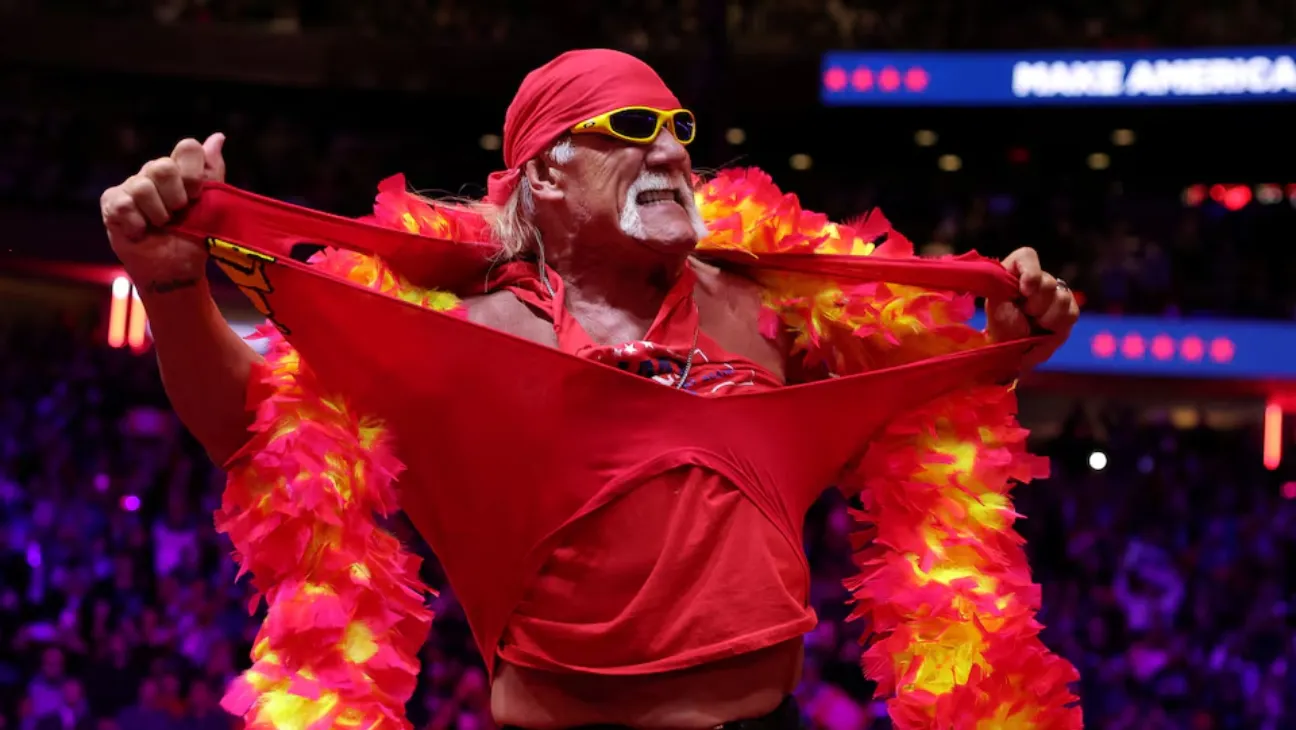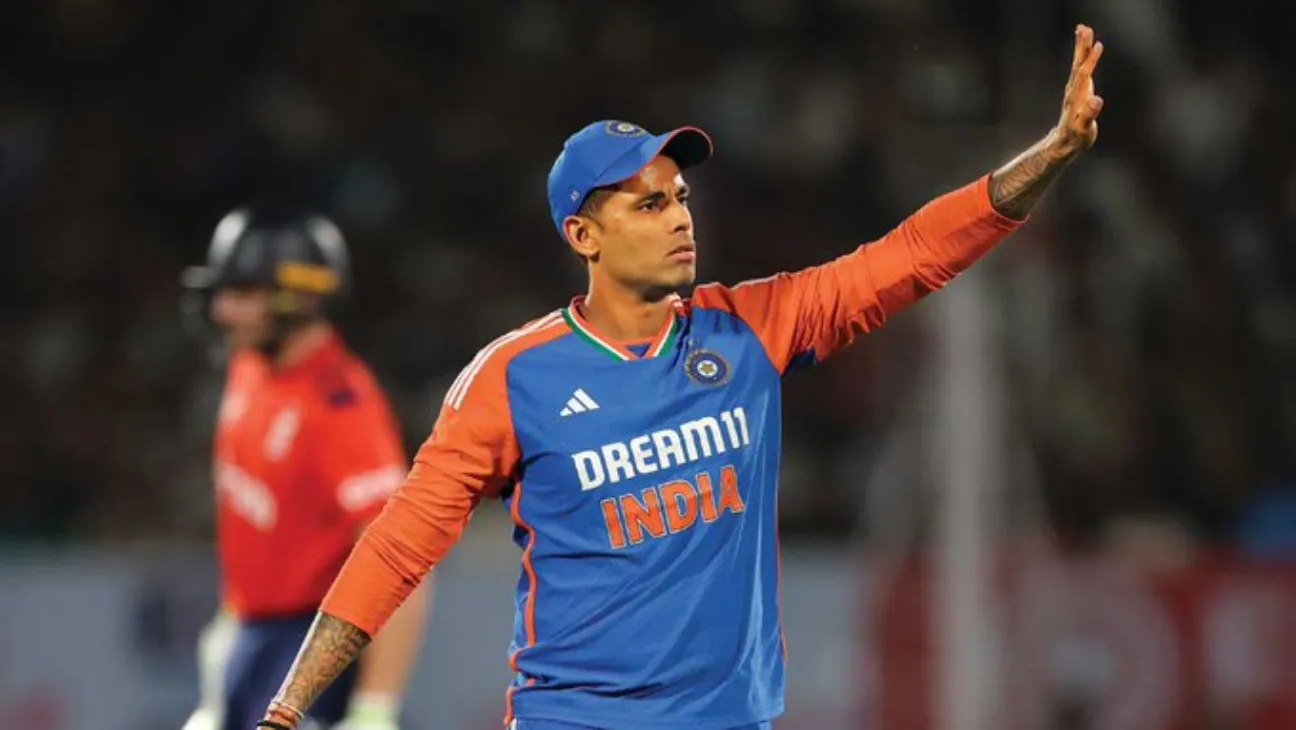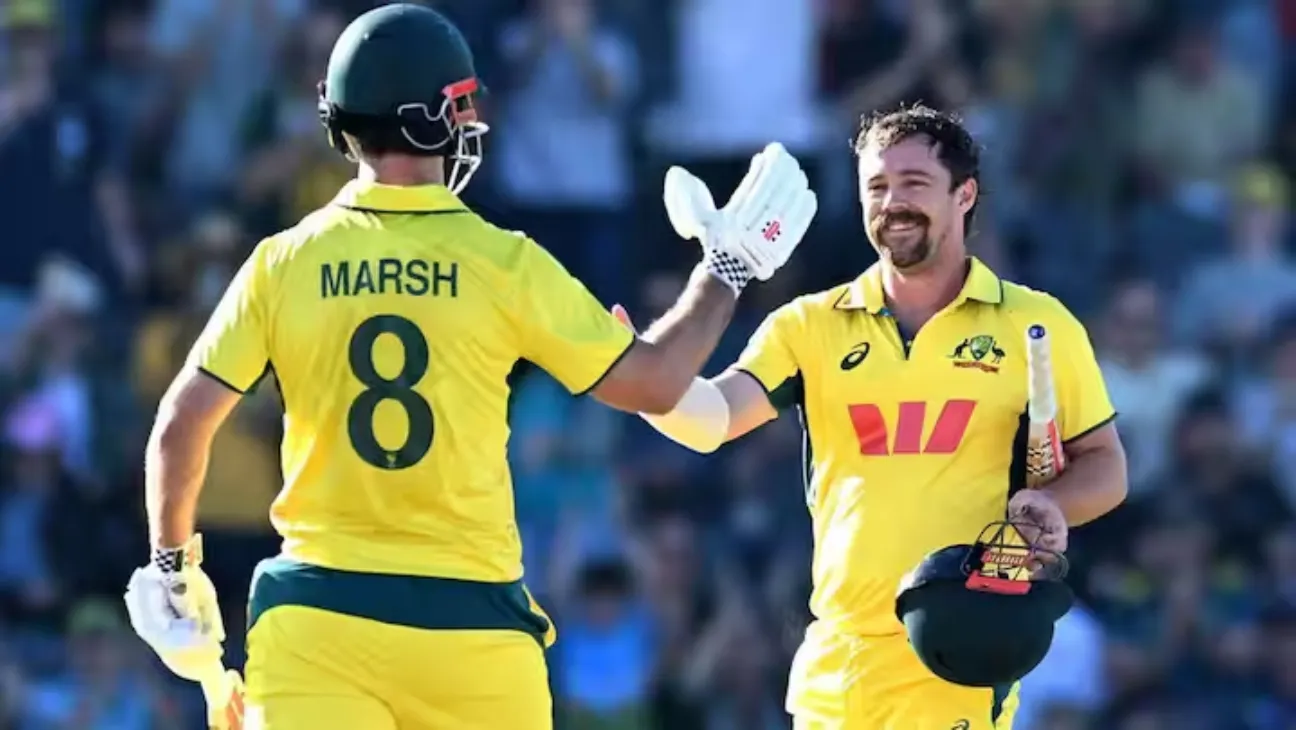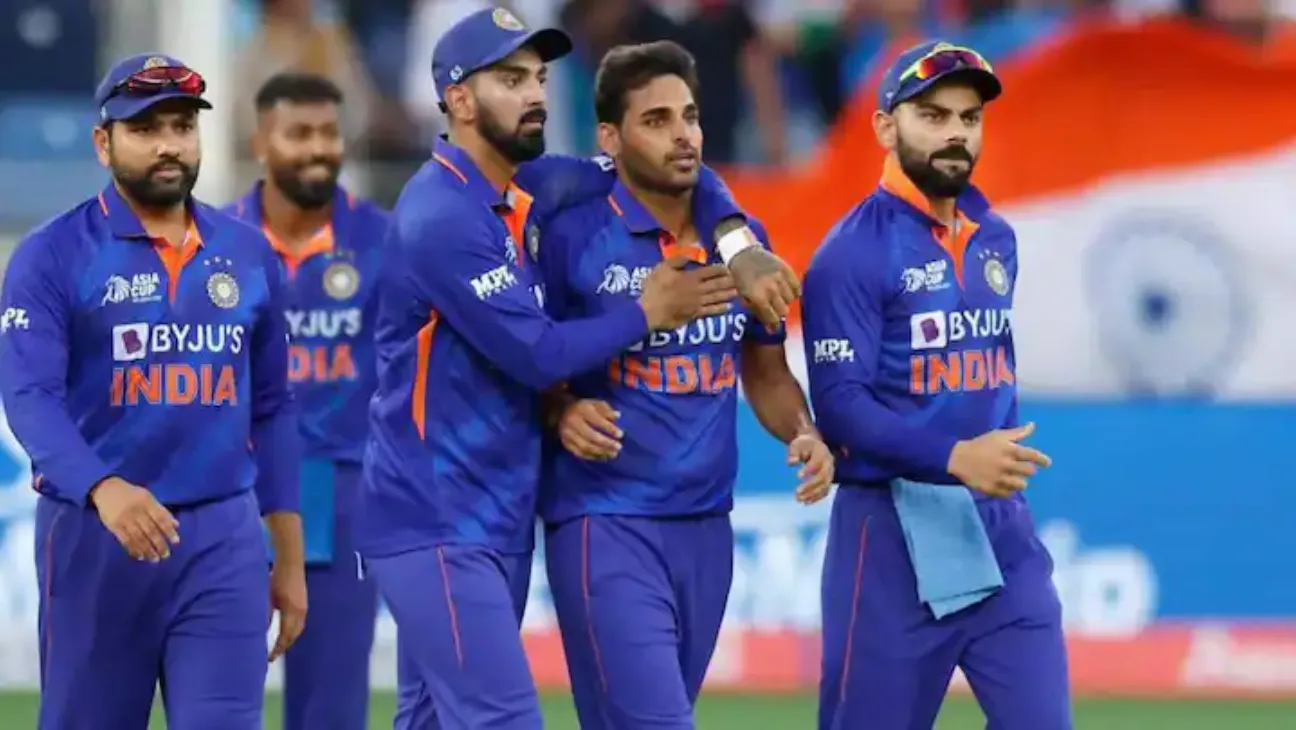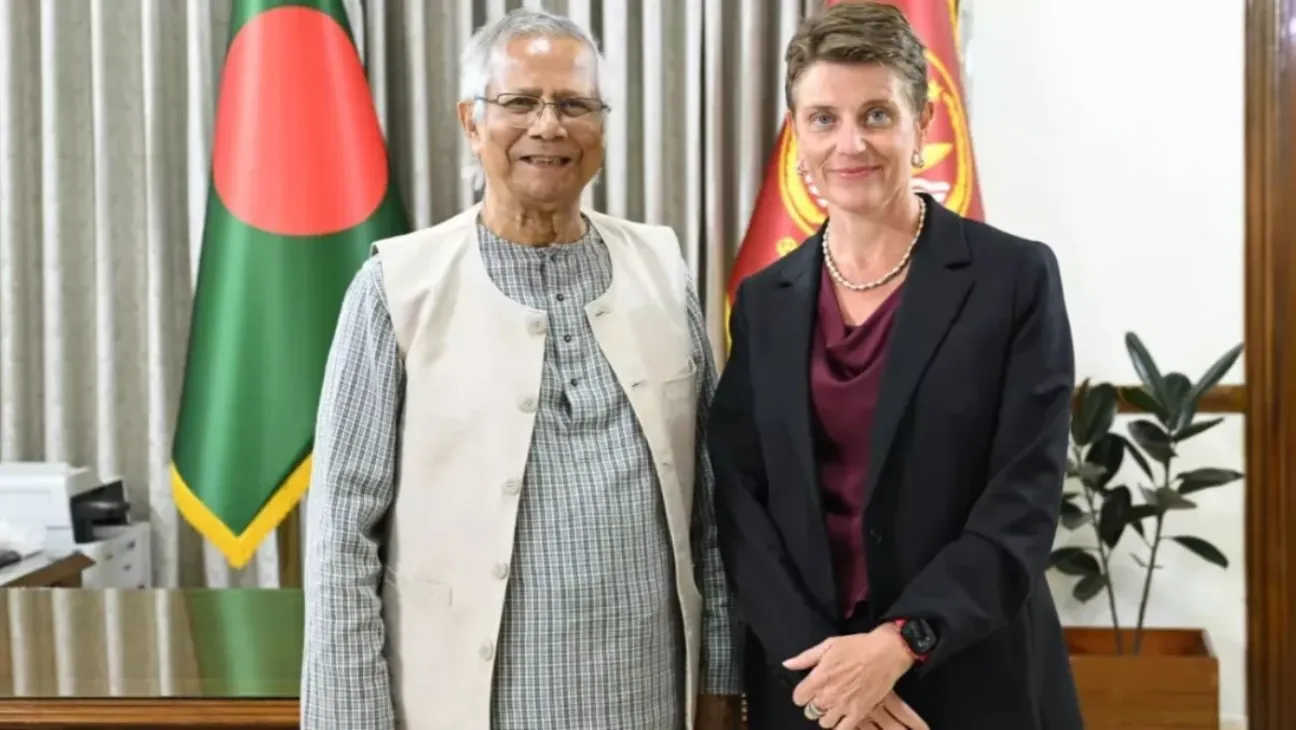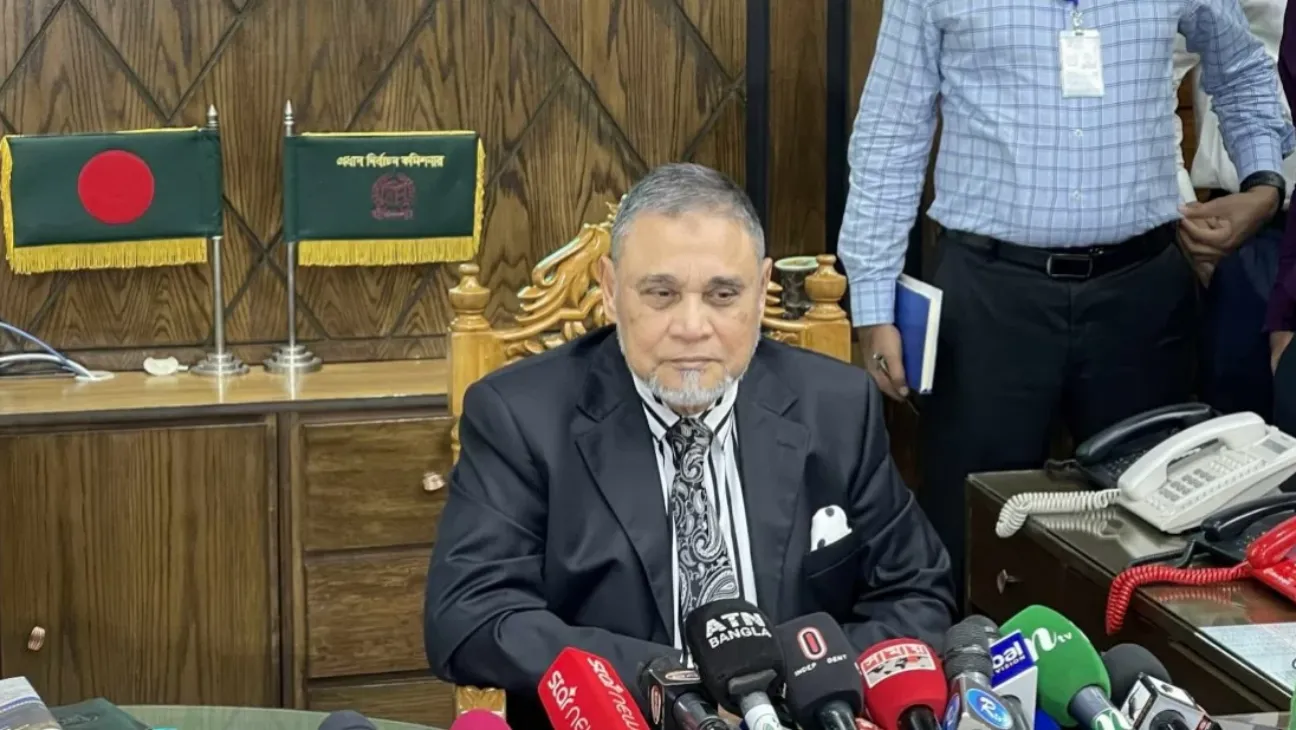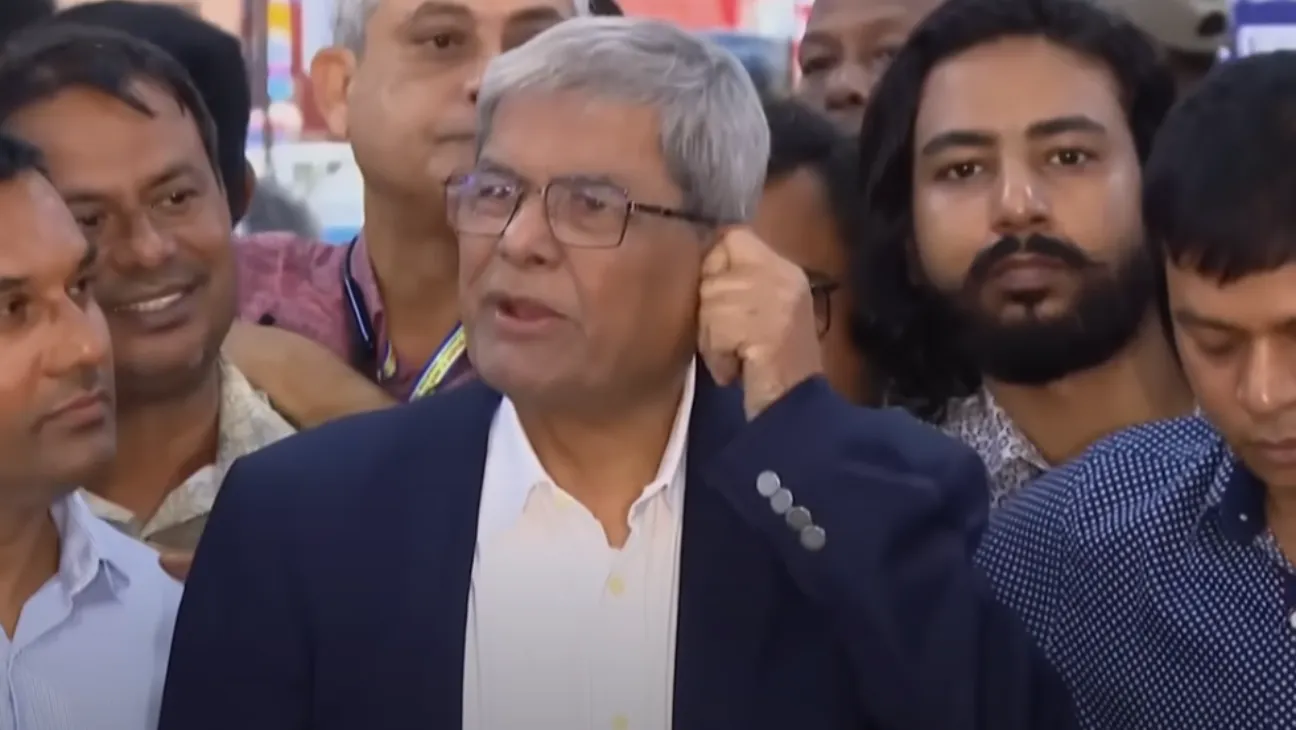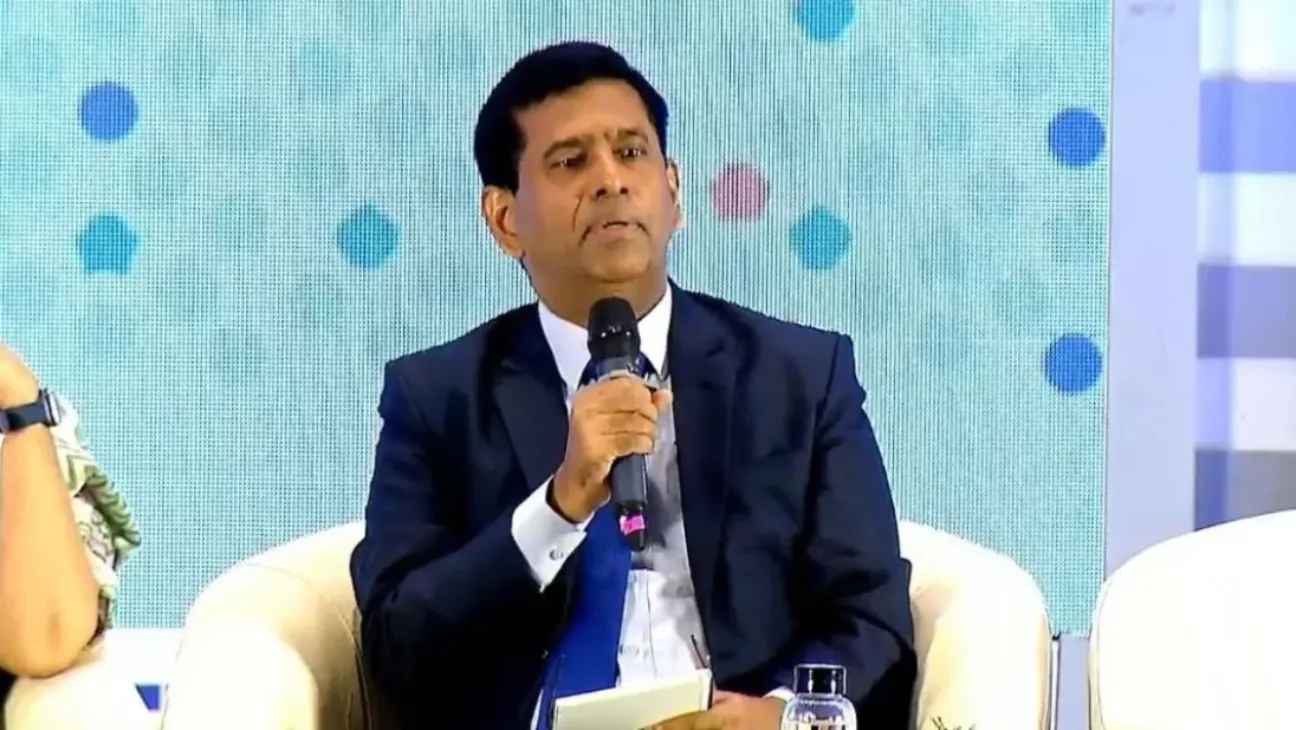Hulk Hogan, the wrestler who brought professional wrestling into the American mainstream and remained a towering pop culture figure for decades, has died at age 71.
The wrestling world is in mourning. WWE confirmed Thursday that Hulk Hogan died following a heart attack early in the morning. Taken to a local hospital, he could not be revived. His fans will never forget the wild charisma—bleached hair, mustache, and the shirt-ripping drama. But Hogan also inspired generations, leaving a legacy that stretched far beyond the ring.
Hogan changed how people saw wrestling, turning it into a mix of TV drama, big business, and fan culture all at once.
The Rise of a Cultural Force
Born Terry Gene Bollea in Augusta, Georgia in 1953, Hogan moved to Florida as a child. Before wrestling, he played bass in local rock bands. But he eventually found his place in the wrestling rings of Florida’s hot regional circuit in the 1970s.
Hulk Hogan wasn’t born; he was built. The “Hulk” name was borrowed from a comic book hero, the “Hogan” surname was supplied by his promoter, and the entire persona became the engine of the World Wrestling Federation in the 1980s.
That engine was supercharged by his role as Thunderlips in Rocky III, which propelled him to a four-year reign as WWF champion starting in 1984.
But it was WrestleMania III that turned the legend into myth. Before 90,000 roaring fans, Hogan body-slammed the 7-foot-4 André the Giant—not just winning a match, but sealing his place as a larger-than-life hero in pop culture history.
“Hulk Hogan drew more people to professional wrestling over the course of a career than anyone,” wrestling historian Dave Meltzer once said. “He paid the price in health for all of that stuff, being so big.”
Wrestling, Reinvention, and Rivalries
Hogan didn’t stay in one lane. He took acting roles, including in Santa with Muscles, and participated in a reality series with his family. His returns to wrestling were frequent, often timed with big pay-per-view events.
He left WWF for rival WCW in the 1990s, turning heel as “Hollywood Hogan” and forming the rebellious New World Order. The darker turn revived his career once again.
In 2002, he faced off against Dwayne “The Rock” Johnson in a marquee WrestleMania bout. Nearing 50, Hogan quipped to reporters that he was still in better shape than his younger rival.
He was inducted into the WWE Hall of Fame twice. He often called himself the “Babe Ruth” of wrestling. He meant it literally.
Political Turn and Late Controversies
Hogan was no stranger to controversy. In 2016, he won a lawsuit against Gawker for posting parts of a sex tape without his consent. The judgment helped shutter the site.
In 2015, leaked audio of a racial slur damaged his legacy. WWE suspended him. He was reinstated three years later.
In 2024, he re-entered the public eye in a different way: endorsing Donald Trump’s campaign at the Republican National Convention. During the rally, he ripped off his shirt to reveal a Trump tank top, yelling, “Let Trumpamania rule again!”
Some fans applauded. Others were less enthusiastic.
Remembering the Hulkster
Hogan was married three times and had two children. His family appeared alongside him in the reality TV show Hogan Knows Best, which ran for three seasons.
Tributes began appearing online soon after news of his death broke. WWE co-founder Vince McMahon, who helped craft the original Hogan persona, called him a “trailblazer.”
“He leaves us with one of his favorite expressions,” McMahon wrote on X. “Train, take your vitamins and say your prayers.”
“Today, we pray for him.”

